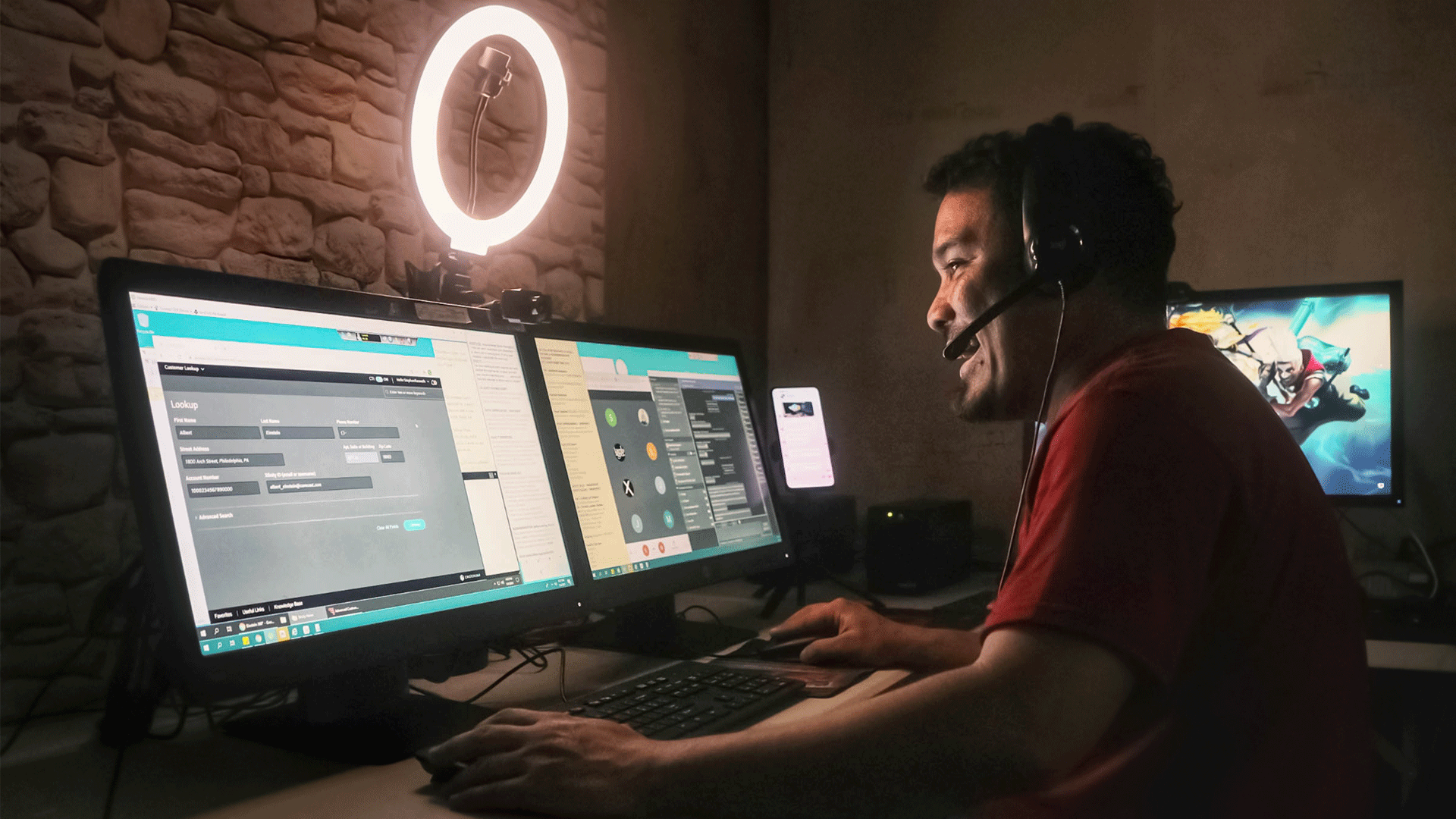I Work Across Three Time Zones - Why Doesn’t Your Customer Support?

Have you noticed how the way that you communicate with your friends and family often differs from the way that brands ask you to communicate with them? It’s as if we have all become used to tools such as Facebook Messenger and WhatsApp because they are easy to use and convenient - so that’s where our friends and family are - but some brands still insist on a phone call.
This can even happen when you try reaching out to a brand using a different channel. How many times have you left a comment about a problem on Facebook or Twitter only to see a response from the brand saying ‘please call this number so we can help you…’? Or, even worse – finding a chatbot on a website that is unmanned.
In my work I sometimes need to interact with colleagues across three different time zones. Being based in Europe makes this easier because my Asian colleagues are available in the morning and by the end of my working day the American team is available, but if I can work across multiple timezones and think of it as normal then why can’t I call or message my bank in the evening?
And why isn’t it easier to just find the information I need myself? Many customers will go to Google or their Amazon Echo device for help before ever trying to reach the customer service team. When your customers search for information about common problems with your products then what results does Google show them? Thinking carefully about this question can ensure that many customers never need to contact you, because Alexa will have already given them the answer.
You can assume that if a customer is contacting the customer service team then they have already tried to find the answer and they are now frustrated and seeking immediate help. The Zendesk Customer Experience Trends Report for 2020 features some really interesting insight into these problems of mismatching customer support channels. Here are a few key statistics from the research:
-
Fewer than 30% of companies offer self-service, live chat, social messaging, in-app messaging, bots, or peer-to-peer communities
-
High performing companies are 76% more likely to offer self-service options to their customers
-
51% of customers expect their voice call to be answered inside 5 minutes, but this also applies to live chat too
-
Customers using third-party messaging tools, such as Messenger and WhatsApp, have a CSAT of 98% - the highest across all the channels
-
By 2022 we will see around 20% of customer service enquiries handled automatically by conversational agents
There are a few clear messages here. Customers want to be able to find information for themselves. They are happy to interact with conversational chatbots when they need immediate help, and they want to use the channels that they are most familiar with. Brands that want to reduce friction in customer experience need to ensure that they are offering the ability to use the same channels that customers use in their daily communication with friends and they need to take self-service seriously.
And, by the way – for any company that is now interested in opening up a conversational channel for their customers (such as Facebook Messenger, WhatsApp, Apple Business Chat/iMessage, RCS or all the web or in-app messaging services), you don’t have to select just one. Conversational is one channel with multiple carriers, so if you enable for example WhatsApp, you can enable the rest at the same time. This way, you’ll be able to meet your customer where they prefer to be.